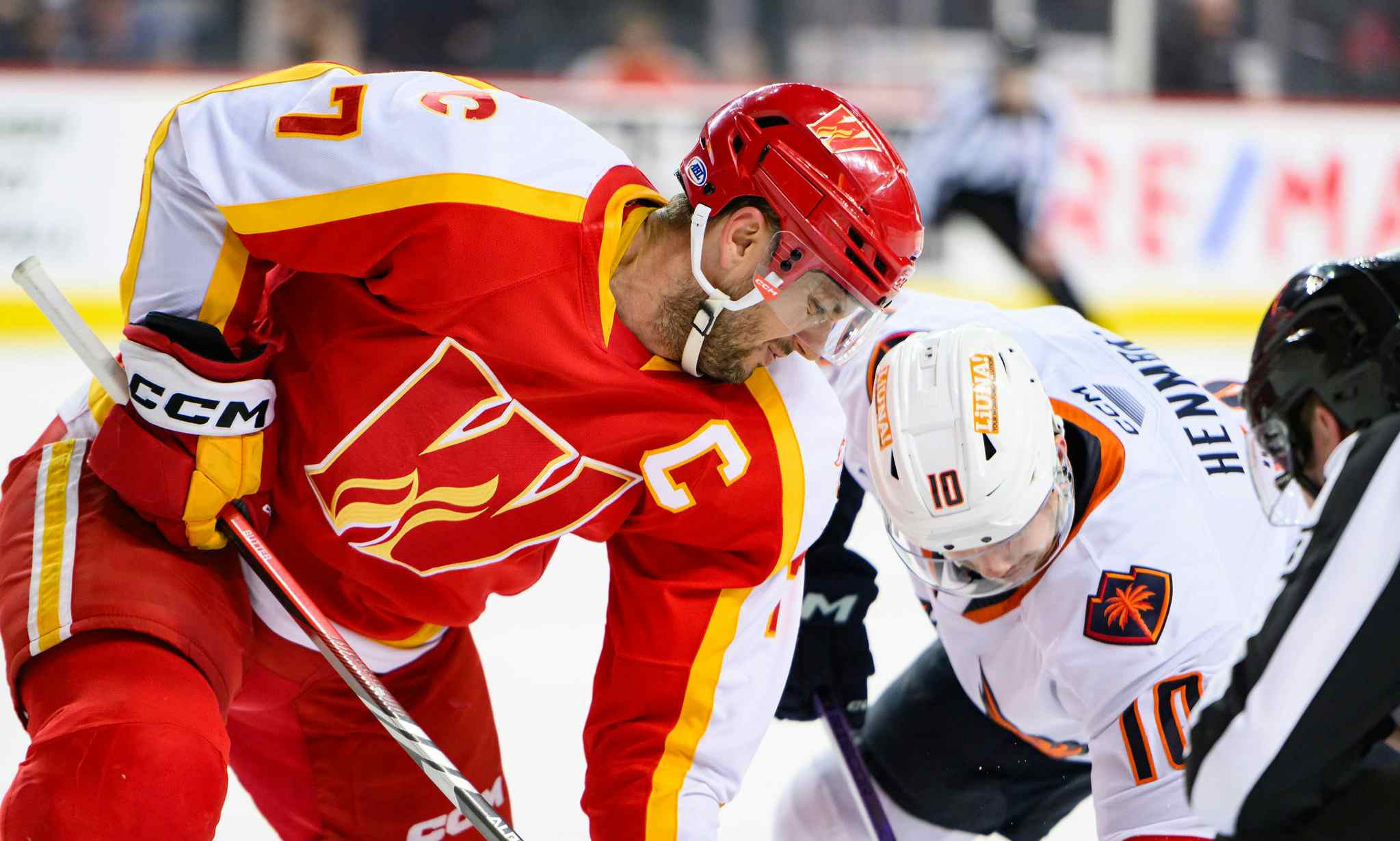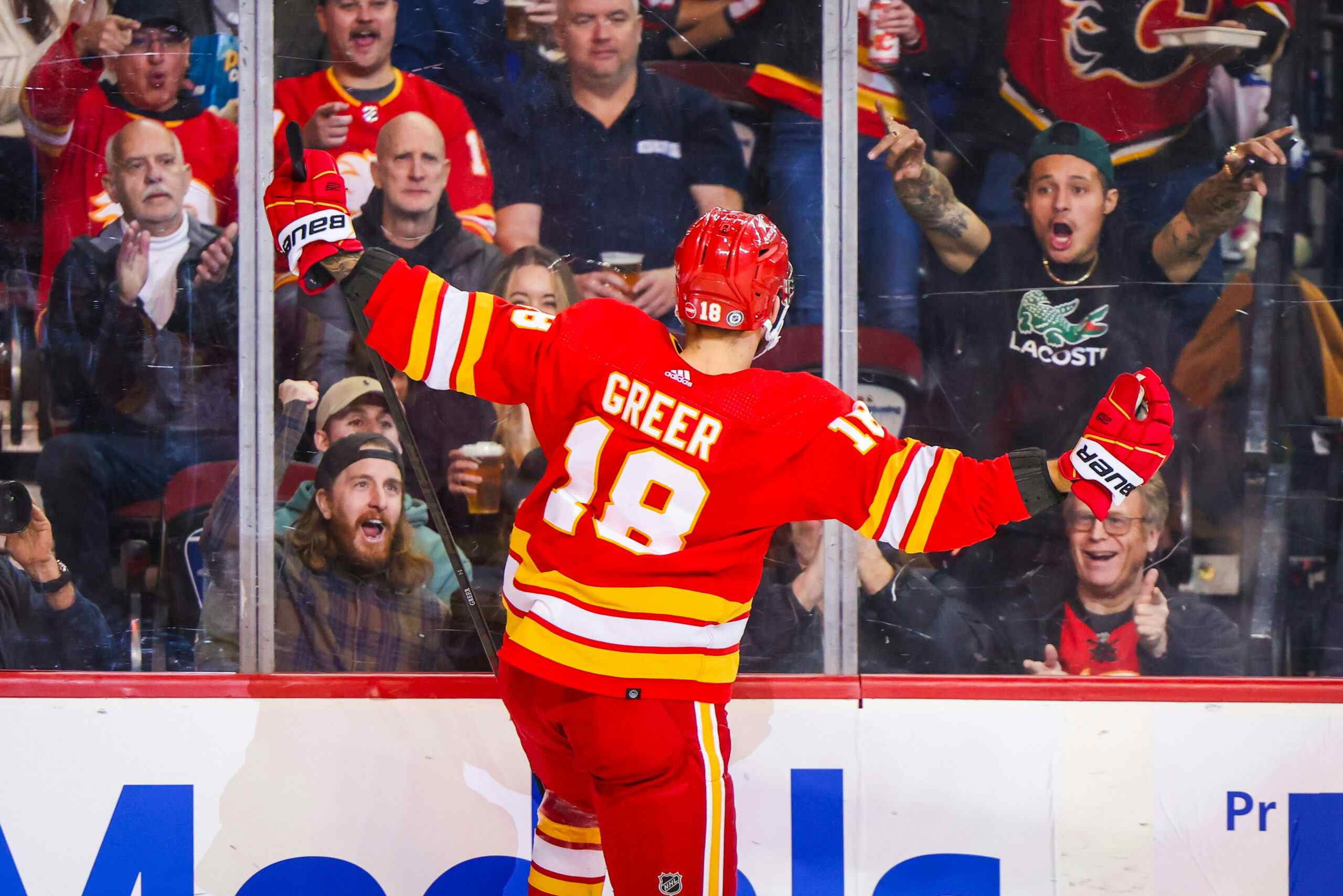City council mulls adjustments to arena cashflow (but don’t be alarmed)

By Ryan Pike
3 years agoAs Calgary’s municipal government prepares its budget for 2021, it’s considering some tweaks to the capital budgeting that will involve changes to the cashflow for the new home for the Calgary Flames.
Spending appears to be pushed back, but don’t fret: it appears to be all part of the actual plan.
During Monday’s council meeting, Postmedia’s Madeline Smith shared this note from council:
Here’s a full rundown of the proposed cashflow changes from the City’s side of things:
| 2019 | 2020 | 2021 | 2022 | 2023 | 2024 | |
| Initial | $500,000 | $11,100,000 | $45,000,000 | $233,800,000 | $0 | $0 |
| Proposed Change | $0 | $0 | -$22,000,000 | -$155,800,000 | +$102,000,000 | +$75,800,000 |
| Revised | $500,000 | $11,100,000 | $23,000,000 | $78,000,000 | $102,000,000 | $75,800,000 |
(The initial capital breakdown is from the July 20 Combined Meeting of Council, reflecting changes to capital budget in final five months of 2019 and the initial spending pencilled in from the arena deal. Proposed changes are from the Nov. 9 Special Meeting of Council and are going to be voted on during budget deliberations on Nov. 23 council meeting.)
The total City contribution adds up to $290.4 million; $275 million is for direct construction costs, matched by a similar $275 million contribution from the Flames. The structure of the financing is defined in Article 10 of the Development Management Agreement, and here’s where things from that document provide a bit of insight.
The funds for the project are in an account managed by the Calgary Municipal Land Corporation (CMLC), the project manager. As laid out in the contract, the Flames and the City had to send them $10 million apiece after the deal was signed in December 2019. Following that initial payment, funds will be sent to CMLC by both sides roughly 15 days after CMLC sends them a Request for Advance explaining why they need the money – the City and the Flames will each put up 50% of the advance.
Now, here’s why panic probably shouldn’t occur due to the funding shifts. When the deal was initially signed, the City needed to put capital budget numbers into their system for the funds they would be providing. Did CMLC have a detailed spending plan then? No, because when these initial budget numbers were plugged in the ink was literally still drying on the deal. The numbers weren’t necessarily placeholders, but they were vague estimates that would be refined.
Since then, CMLC has hired designers (HOK and Dialog) and contractors and put together a detailed construction plan and as a result, cashflow is being amended to reflect that plan. (And allowing the City and the Flames to anticipate when they’ll need to have cash available for CMLC along the way.)
Here’s a guess at the funds required from both sides. The City side is pulled from our earlier table, while the Flames contribution is an estimate.
| 2019 | 2020 | 2021 | 2022 | 2023 | 2024 | |
| City | $500,000 | $11,100,000 | $23,000,000 | $78,000,000 | $102,000,000 | $75,800,000 |
| Flames | $0 | $10,000,000 | $23,000,000 | $78,000,000 | $102,000,000 | $62,000,000 |
| Total | $500,00 | $21,100,000 | $46,000,000 | $156,000,000 | $204,000,000 | $137,800,000 |
CMLC noted in an e-mail that they “do not anticipate impacts to product delivery.” As of last word, the ground-breaking was scheduled for August 2021 with completion of the facility by May 2024. The cashflow forecast definitely seems to reflect the majority of substantial work on the building happening in 2022, 2023 and 2024.
With the City currently juggling a lot of challenging spending priorities and the Flames dealing with an uncertain immediate future in terms of an unclear picture of when fans can return, the revised cashflow also serves the needs of the two funding partners with the bulk of their commitments to the project not hitting their pocket books for a couple more years. (That likely wasn’t the goal of CMLC’s shuffling of things, but rather a happy byproduct.)
In the meantime, CMLC and the project partners continue planning and designing in preparation for breaking ground in nine short months.
Recent articles from Ryan Pike





